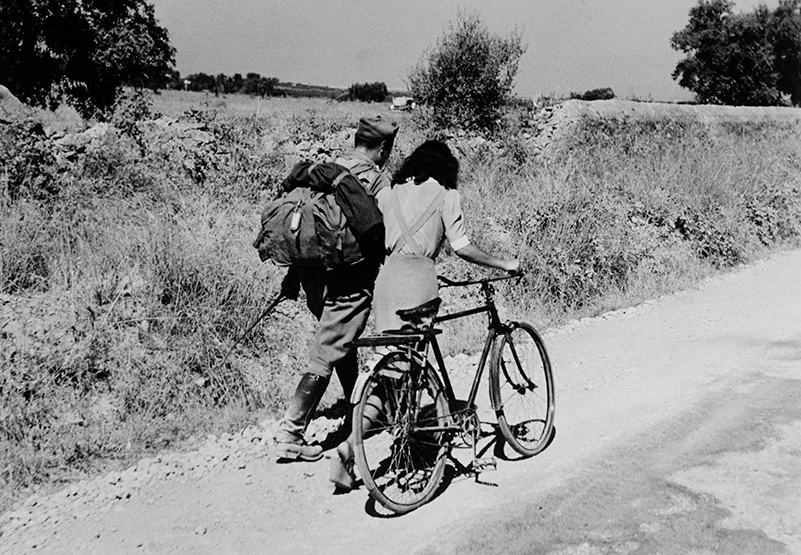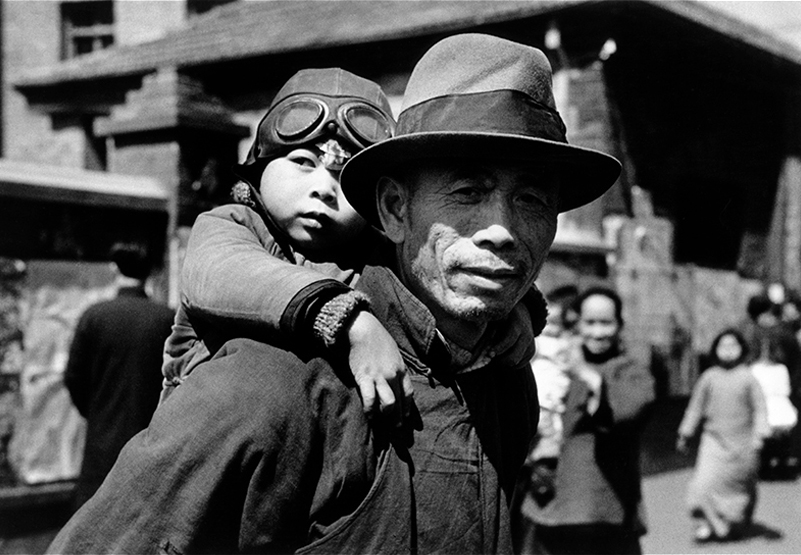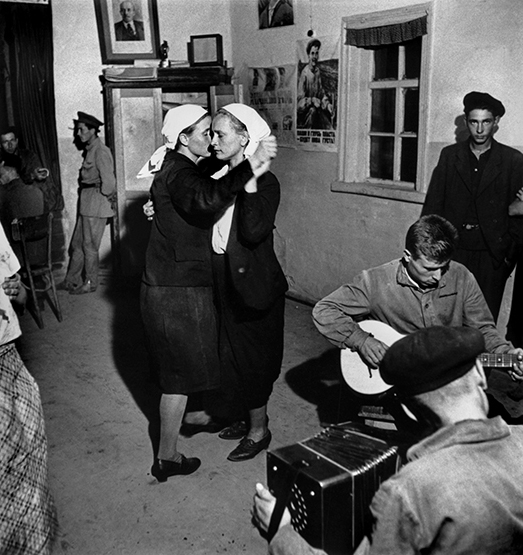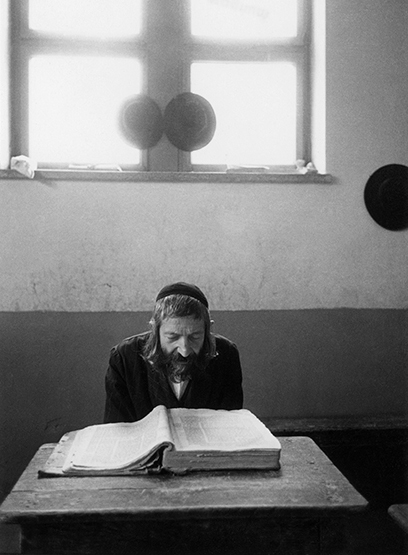
8 October 2022
29 January 2023

8 October 2022
29 January 2023


Robert Capa. L’opera 1932-1954 , at Roverella, from 8 October 2022 to 29 January 2023, curated by Gabriel Bauret, is the new appointment with international photography proposed by the Fondazione Cassa di Risparmio di Padova e Rovigo, once again in collaboration with the Municipalità di Rovigo and the Accademia dei Concordi.
The exhibition, which follows Robert Doisneau’s recent one in quality and originality, presents 366 photographs selected from the archives of the Magnum Photos agency and traces the main stages of his career, giving the right space to some of the most iconic works that have embodied the history of twentieth century photography. However, it is not conceived only as a retrospective of Robert Capa’s work, but rather aims to reveal through the images proposed the facets, the minimal folds of a passionate and ultimately elusive, insatiable and perhaps never fully satisfied character, who does not hesitate to risk his life for his reportages. In fact, Capa has always shown a player’s temperament, a free player. In taking pictures, he also tries to understand, revolves around the subject, both literally and figuratively.
A crowd gathered in front of Mr. P. Cloarec’s bicycle shop.
© Robert Capa © International Center of Photography/Magnum Photos
Considered the greatest war photographer in history, among the photographs on display there will be war images that forged the legend of Robert Capa. However, the exhibition will not be limited to these shots or to a retrospective of Capa’s work. In an attempt to restore the complex dimension of Capa’s work the exhibition revolves around its subject, both literally and figuratively, bringing together multiple points of view of the same event on different occasions, as if to reproduce a shot-reverse shot movement, restoring in this way a cinematic breath often perceptible in many sequences.
In the alternation of “weak times” and “strong times” that characterize the nine thematic sections of the exhibition, Robert Capa’s identity emerges: his sensitivity towards victims, the dispossessed and migrations, complicity and empathy of the artist with respect to the subjects portrayed, soldiers, but also civilians, on the battlefields, in which he mostly operated and distinguished himself. The exhibition is also enriched by the publications of Robert Capa’s reportages in the French and American press of the time, extracts from his theoretical texts on photography and a film by Patrick Jeudy dedicated to the photographer, as well as the sound recording of an interview by Capa on Radio Canada.
All images are protected by copyright © Robert Capa © International Center of Photography/Magnum Photos

John Steinbeck and Robert Capa reflected in a mirror.
USSR, September 1947
Through photography he was able to speak to all of us, as he continues to do today. He never considered his photographs as art. His time had other concerns.
Cornell Capa

Republican militiamembers. Barcelona, August 1936
– as well as a great personal stake in the outcome of the struggle against fascism – it was entirely natural that he should be drawn to political reportage. And when politics led to war, it was natural too that he should follow through and cover the fighting.
Richard Whelan

An Italian soldier straggling behind a column of his captured comrades, marching towards a Prisoners of War camp, near Nicosia. Sicily, 28 July 1943
by a body of professional photographers sent to the front lines and bombed cities, whose shots were immediately published in newspapers and periodicals both in Spain and abroad.
Susan Sontag

Xi’an, May-June 1938
Close to Chiang Kai-shek and the Chinese nationalists, and therefore very far from the communists, Henry Luce’s magazine intended to mobilize American public opinion in favour of the nationalist camp defending China’s independence against Japan.
Michel Lefebvre

The first wave of American troops landing on D-Day,
Omaha beach, Normandy coast, 6 June 1944
Susan Sontag

The first Rosh Hashanah service to be held in a synagogue
in the city since 1938. Berlin, 7 September, 1945
such as John Huston and Gene Kelly, and rubbing shoulders with the fashion world, as Bettina Graziani, then Jacques Fath’s star model, who was staying like him at the hotel, remembers him.
Laure Beaumont-Maillet

The social center of the Collective farm.
Ukrainian Soviet Republic, August 1947
It must be said that Steinbeck and he came up with the great idea, in the midst of the Cold War, of defining the theme of their journey as “people are the same everywhere”.
François Maspero

A teacher in a Yeshiva or orthodox learning academy reads aloud to childrem from the Talmud. Jerusalem, 1948-1950
Himself essentially a stateless person and perpetual refugee by temperament and profession, Capa was dismayed by the plight of these reluctant internees, but he was also fascinated by the whole process of assimilating the immigrants into the life of the new nation, in whose overcrowded cities there were neither jobs nor apartments for them.
Richard Whelan

On the road from Nam Dinh to Thai Binh, 25 May 1954
Susan Sontag